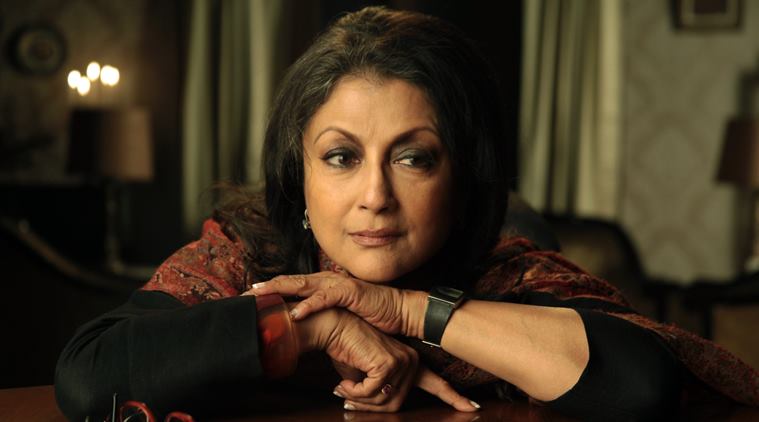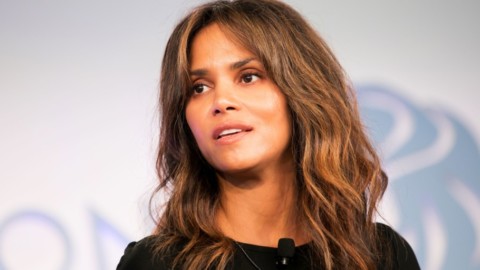
National Award-winning filmmaker Aparna Sen feels that though there are several women directors now, some of them, such as Farah Khan, have a distinct male gaze and play by “patriarchal rules” to become successful.
Sen believes women directors are “confident enough in their own skin to critique their woman characters”, but there are some who play by the rules.
“…and then you have woman filmmakers who have a male gaze. They play according to the rules of the patriarchal system and make a success of it. For instance, Farah Khan, who makes predominantly mainstream films, has a distinct male gaze, except has a tongue firmly planted in her cheek while playing the macho game,” Sen said.
Sen, who made her acting debut with Satyajit Ray’s Teen Kanya in 1961, went on to establish herself as a successful director with acclaimed films such as Paroma, Paromitar Ek Din, Mr. and Mrs. Iyer, 15 Park Avenue and Iti Mrinalini.
The director also feels the question is not really about gender as all true artistes are androgynous by nature. “Male filmmakers only need to tap their female selves in order to develop their female gaze as many great filmmakers have done. But why is it important to do so? Because the world has been run by aggressive males and landed itself in a fine mess. It is time that the female gaze made its presence felt both in cinema and in a world that’s been driven by intolerance, greed, hate and lust.”
She said gentler and more inclusive films should be made where multiple voices can be heard. “We need to have a gentler world to live in, where multiple voices may speak up without fear.”
Sen said sex is still a taboo and “patriarchy is so deeply entrenched” that even today, audiences to a greater or lesser extent, have a problem with a woman exercising her sexual choice or expressing her sexual desires.
“If we look at the depiction of sex, the male filmmakers will usually have the man in the role of an aggressor while the woman will remain passive. It will take an Alankrita Srivastava (Lipstick Under My Burkha) to show up women’s sexual desires in a way every woman can identify with. A filmmaker can have a female gaze while having a male protagonist,” Sen said.
“That’s the thing about today’s female filmmakers. They are confident enough in their own skin to critique their woman characters. They are perfectly comfortable in empathising with their male characters when need be,” she added.
Recalling her own experience of turning director with her National Award-winning 1981 film 36 Chowringhee Lane, the 72-year-old director said there were not many women directors when she started off. “I had little to go by when I embarked on my lonely journey in 1980, except for films made by some exceptionally talented men like Satyajit Ray, Ritwik Ghatak and Mrinal Sen from my own native Bengal. G Arvindam and Adoor Gopalakrishnan from Kerala and Girish Kasaravalli in Karnataka, to name a few,” she said.
“Filmmakers that I had worked with as an actress during my stint in mainstream Bengali cinema were far from encouraging. One of them asked me, ‘I hear you’re planning to direct a film’? ‘Yes dada,’ I said. ‘Story by?’ ‘Me dada,’ I replied. ‘And screenplay?’ ‘Also by me,’ I said. ‘Very brave’, he said, which was meant to be sarcastic,” Sen recalled, without naming the director.
Tags: Aparna Sen Aparna Sen latest directors female directors filmmaker Films News







